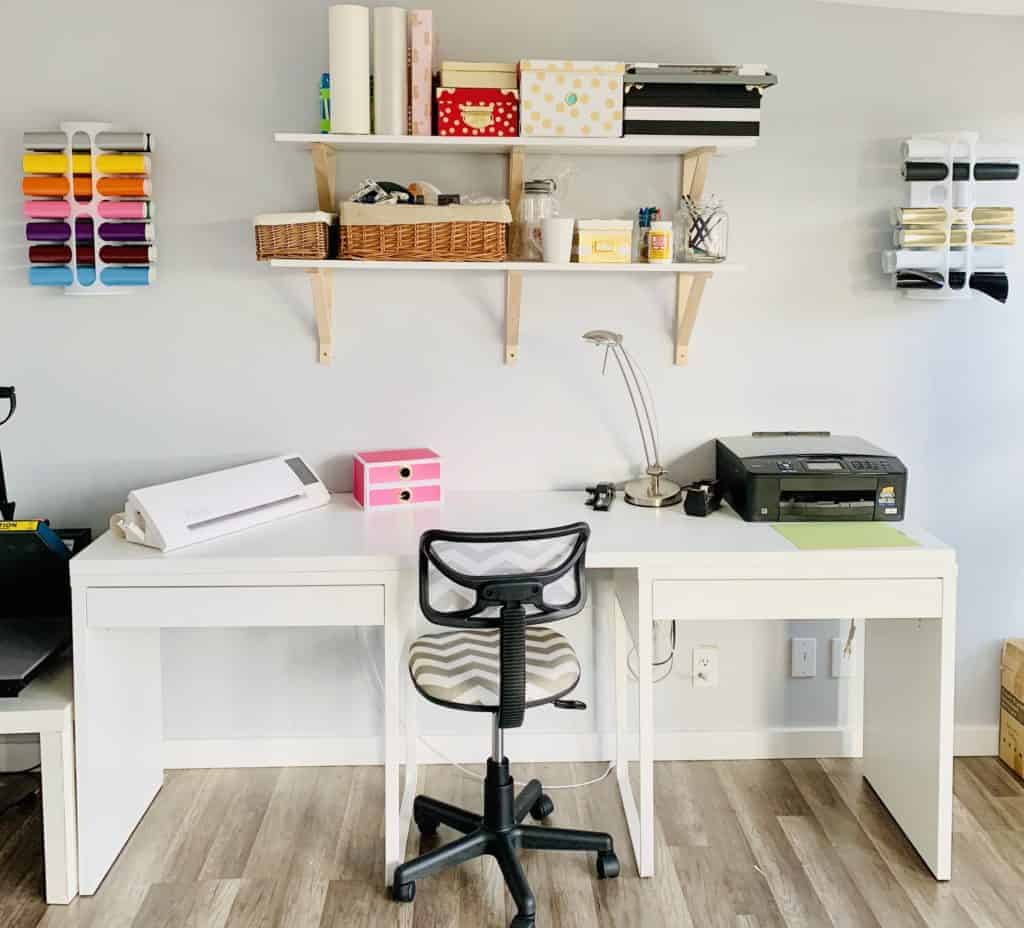When it comes to best work boots for construction, finding a pair that offers the perfect balance of safety, comfort, and performance is essential. While many people focus on length, choosing the right width is just as important to ensure a good fit and avoid foot-related issues on the job.
Wearing boots that don’t fit properly can lead to discomfort and problems like blisters, bunions, calluses, numbness, nerve compression, and even long-term foot conditions. For anyone working in demanding environments—especially when wearing industrial work boots—width plays a key role in overall comfort and support.

Although boot sizes often reference length (such as size 9), width is equally important and less commonly advertised. Since people have different foot shapes—some wider, narrower, or with unique arch types—considering width is crucial, especially when selecting the most comfortable construction boots for all-day wear.
Understanding Boot Width Categories
Boot width is labeled in a few different ways depending on the manufacturer. Many use:
- N = Narrow
- M = Medium or Standard
- W = Wide
- XW or EW = Extra Wide
Some legacy brands use the classic letter sizing system:
- AAA = Very Narrow
- A through EEE = Increasingly wider, with EEE being the widest
For example, the difference between a D width and an EE width is about 3/8 inch (or 1 cm) at the widest point of the boot. D width is the standard, or “medium,” and serves as a common baseline when trying out new boots, such as black construction boots for uniform or formal site standards.
Finding the Right Fit
Getting the correct width starts with proper measurement. The most accurate tool is a Brannock Device, which measures foot length and width and is commonly used in shoe stores. These devices are also available online for home use.
If you don’t have access to a Brannock Device, try this at-home method:
- Place your foot on a sheet of paper.
- Trace the outline while standing (weight-bearing position).
- Measure the widest part, usually across the ball of the foot.
- Repeat for both feet, as they may differ in size—use the larger one as a reference.
Those seeking good work boots for construction should always measure with the socks they intend to wear on the job. Also, consider taking measurements in the morning, as feet tend to swell throughout the day.
Tips for Proper Fit
- Ensure about a half inch of space in the toe area to comfortably wiggle your toes.
- The boot should feel snug but not tight—no pinching or bulging at the sides.
- Walk around to test movement and stability.
- Safety work boots, especially steel-toe varieties, may feel stiffer or more constricted, so fit may vary slightly from standard models.
- Try a half-size down from your athletic shoes if you have narrow feet; wider feet may need the opposite adjustment.
For cold environments, mens winter work boots offer added insulation but may alter the fit due to thicker lining—so adjust accordingly.
Final Thoughts
When searching for the best construction shoes, don’t underestimate the importance of proper boot width. Ill-fitting boots can lead to discomfort or long-term foot problems, especially in tough work environments. Taking time to measure correctly and break in your boots gradually can greatly enhance comfort and reduce the risk of injury on the job.
For professionals looking for durability, comfort, and safety, Yurinox offers a trusted selection of high-performance footwear, including some of the best construction work boots designed for demanding job sites. Whether you need protection, warmth, or all-day support, choosing the right fit—especially the right width—makes all the difference.





